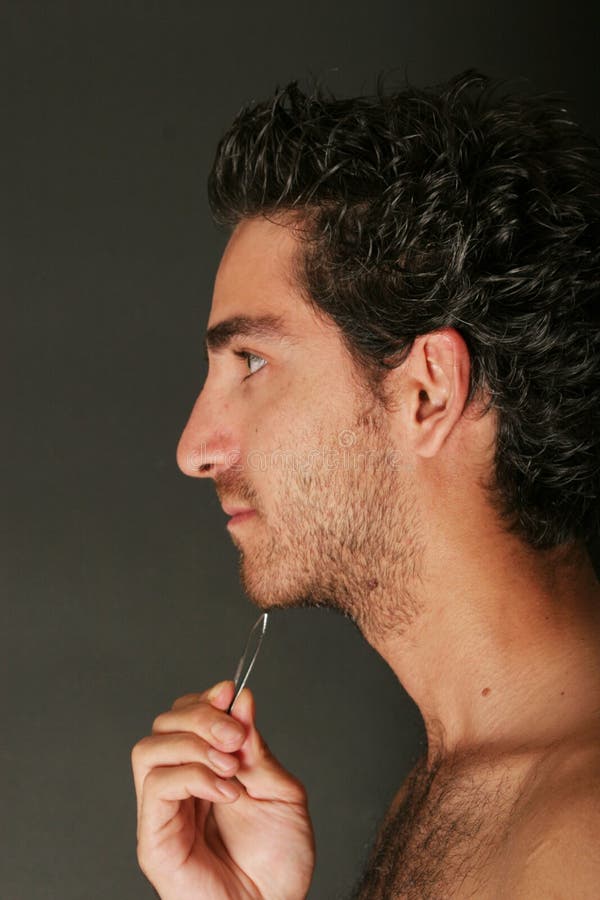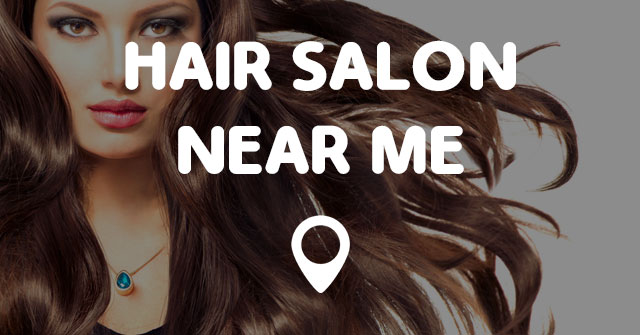Table Of Content

People with OCD often feel anxiety or fear about their obsessions. For example, someone might worry obsessively about things being out of order and feel a compulsion to arrange their things in a certain order. Your doctor or mental health professional can help you figure out which ideas might work best for you. Together, you will come up with a personalized plan to treat your trichotillomania.
How can I reduce my risk or prevent this condition?
In addition, some research suggests that people with trichotillomania have higher gray matter density in some regions of the brain. You may have the urge to pull based on how your hair or scalp feels. To diagnose trichotillomania, a doctor will talk to you about your medical history, as well as symptoms you may be experiencing. They will likely use the criteria in the new edition of the Diagnostic and Statistical Manual of Mental Disorders (DSM-5) to see if your symptoms match up. Here, we’ll discuss the signs and symptoms of trichotillomania and ways to treat this condition. Trichotillomania treatments aren’t one-size-fits-all and research is still limited on their effectiveness.
Step 5: Use the pick on each section.
Depending on your specific symptoms and their severity, it can take time and patience to find what works for you. For some, the symptoms of trichotillomania are mild and rather manageable. For others, they may feel as though the symptoms are overwhelming and impossible to overcome.
Natural Hair: Stylish and Simple Styles for Fall Outings
The most common places people pull hair from are their scalp, eyelashes and eyebrows, and pubic hair. A hair pick (sometimes spelled “hair pik”) is a type of comb that is flat and square-shaped, like a painter’s brush but with harder teeth. It is used for combing and grooming very curly, thick, or textured hair. As the hair pick has longer, wider-set teeth, it is the number-one grooming tool choice for afro hair or curly hair types. It not only detangles with minimal tension and damage to the hair strand; it also helps lift from the root, creating big, voluminous hair. Physical effects such as pruritus, tissue damage, infection, and repetitive motion injuries to the muscles or joints are not uncommon.
Odd Cat Behavior Explained: Jackson Galaxy on Why Cats Pull Their Hair Out and How To Help - Yahoo Life
Odd Cat Behavior Explained: Jackson Galaxy on Why Cats Pull Their Hair Out and How To Help.
Posted: Fri, 04 Aug 2023 07:00:00 GMT [source]
Trichotillomania Symptoms
If you are under 18, this may be offered through your local children and young people's mental health services. If your GP thinks you have trich, you may be referred for a type of treatment called cognitive behavioural therapy (CBT). Excoriation disorder (also referred to as chronic skin-picking or dermatillomania) is a mental illness related to obsessive-compulsive disorder. There is no certain cause of trichotillomania, but the current way of looking at trichotillomania is as a medical illness. One theory on a biological level is that there is some disruption in the system involving one of the chemical messengers between the nerve cells in parts of the brain. There may be also a combination of factors such as a genetic predisposition and an aggravating stress or circumstance; as with many other illnesses.
'The harder I tried to stop pulling my hair, the more I spiralled out of control' - The Telegraph
'The harder I tried to stop pulling my hair, the more I spiralled out of control'.
Posted: Mon, 11 Mar 2024 07:00:00 GMT [source]
Then, don't forget to follow SELF and find more looks we'll be wearing for the rest of summer and into fall. Trichotillomania, also known as trich or TTM, is when someone cannot resist the urge to pull out their hair. Hair pulling can lead to great tension and strained relationships with family members and friends.
Your doctor might give you certain medications or creams to help eyebrow hair grow back. In some severe cases where eyebrows don't grow back, they might suggest getting permanent eyebrow tattoos or hair transplants. Some people feel itchiness or tingling in their eyebrows and pull in response. Other people pull or over-pluck their eyebrows because they are worried about how they look or to help themselves deal with stress.
"People have been asking for little wispy micro bangs that go a little below the eyebrow — a lot of people are really into doing that lately," says Polko. "The shift" haircut is categorized by choppy layers of varying lengths on the top of the head. "The 'shift' [has] versatile styling options — from something edgy and raw to extremely polished and sophisticated," Adam Federico, R+Co's director of content, previously told POPSUGAR. "The haircut can be finished to suit the individual's personality and meet them for who they are within that day."
They can provide you with an accurate diagnosis and work with you on a recovery plan. Because more research is needed, your healthcare provider may prescribe medication in partnership with therapy options. About 0.5 to 2 percent of people are affected with trichotillomania. If you’re living with trichotillomania, or think you might be, here’s how to identify symptoms and find the right treatments.
This creates a cycle of anxiety, hair pulling, temporary relief then anxiety, embarrassment, and hair pulling again. There are times when your hands may seem to have a mind of their own! This may be due to the power of repetition, the strength of urges, or being in what some people describe as a "trance-like" state. In addition, once pulling behavior is well established, it may occur automatically, sometimes without your even noticing what is happening until damage has occurred. At other times, you might be aware that you are pulling, but your hands seem to have their own mission, and you may watch helplessly as your hands do their damage.
With focused pulling, people know that they are doing it but can't stop themselves. Focused pulling can be a way to ease stress or soothe yourself. People sometimes have rituals or routines for focused pulling, like playing with the hair you pull, tasting it, or smelling it. The main symptom of trichotillomania is pulling out your hair, often to the point that you have hair loss or bald patches. People with trichotillomania often try to stop pulling but can't. They also say that pulling has negative effects on their lives, self-esteem, or well-being.
Studies have shown that people living with trichotillomania are likely to engage in episodic or frequent episodes of eating hair (trichophagia). About 5%–20% of people with trichotillomania also have trichophagia. Trichotillomania often results in the complete or partial removal of hair from the body, most commonly from the scalp and face. The symptoms and effects can be severe but are often manageable with treatment. Sometimes doctors prescribe medications to help control symptoms. Nantidepressants) may help, particularly if the person also has symptoms of depression or anxiety.
Although trichobezoars are rare, they are a serious risk for those who ingest hair. The two methods of treatment that have been scientifically researched and found to be effective are behavioral therapy and medications, which are generally used in combination. People with hair-pulling disorder do not pull out their hair because they are concerned about their appearance and trying to fix it (as people with body dysmorphic disorder are). However, they may feel tense or anxious just before they do it, and hair pulling may relieve that feeling. If you or someone you know is experiencing these urges, reach out to your family doctor, mental health professional, or a trichotillomania support group.
While picking is a great way to style natural hair, over-picking can lead to breakage and frizz. An initial hair pick in the morning and one touch-up throughout the day should be enough to keep your style in place. Comb each section through, starting at the root, as this will create the most volume and help shape your style. As you pick at the root, move your hand up and away, pulling down will place the volume in the wrong direction.
Many people aren’t even aware of it, and years go by before they seek treatment. The first step is always noticing you’re pulling in the first place. Many people who have learned to manage their trich say that speaking to others about the condition led to a reduction in hair pulling.
They will work with you to learn and practice different strategies. Many types of therapy can support people with trichotillomania and even help them stop hairpulling completely. Some people with trichotillomania have rituals or routines related to hairpulling, like choosing which hair to pull or smelling, looking at, playing with, or eating hair you pull out. Many people also enjoy the sensory experience of the rituals they develop around hairpulling. This can involve any of the senses, such as the sound of pulling out a hair or rubbing it against your hand, the feeling or taste of hair in your mouth, or other sensations.

No comments:
Post a Comment